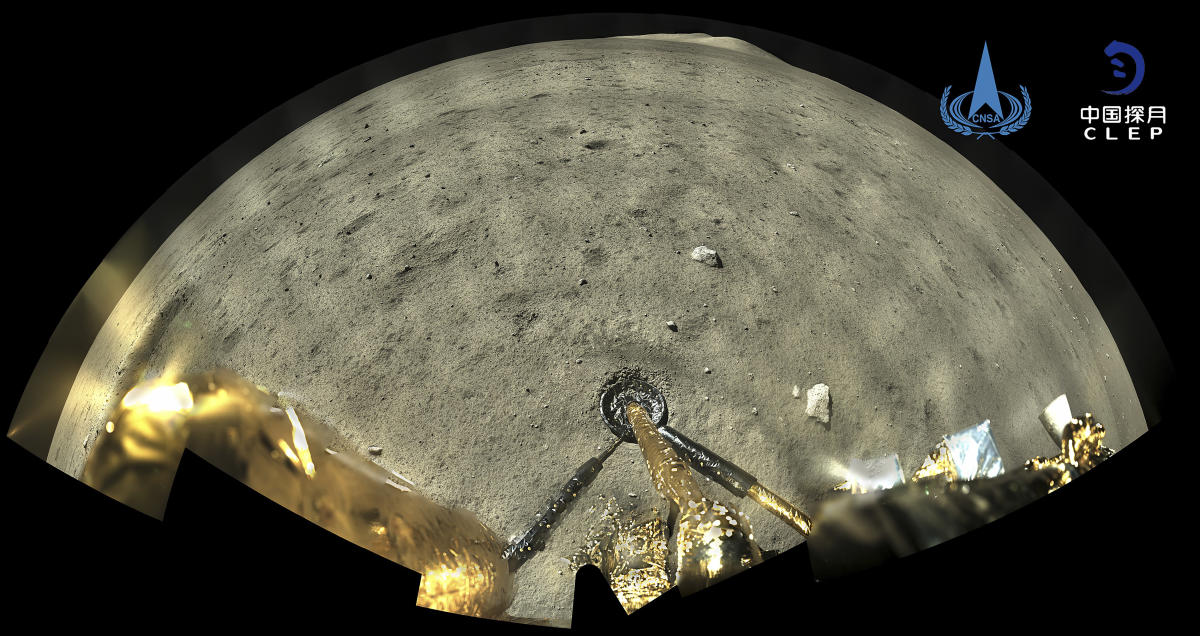Curious children is a series for kids of all ages. If you have a question you’d like an expert to answer, send it to curiouskidsus@theconversation.com.
How would it feel to touch a cloud? – Violet V., age 6, Somerville, Massachusetts
You may already know what it feels like to touch a cloud without realizing it.
If you’ve ever been outside on a foggy day, you’ve found yourself in a cloud, just very close to the ground rather than high in the sky. Fog and clouds are both made up of tiny water droplets, like the ones you can sometimes see or feel in a hot, steamy shower.
Clouds are formed by evaporation and condensation. Water from lakes, rivers, oceans, or puddles evaporates into water vapor when the sun heats it. You can evaporate water yourself as you boil it, watch it disappear as steam.
Water vapor, invisible, naturally rises from the Earth’s surface into the atmosphere in the form of hot bubbles, like those seen rising in a lava lamp. The higher it rises, the cooler it becomes, until the water vapor condenses back into liquid water.
Clouds are made up of millions of these tiny liquid water droplets. The droplets scatter the colors of sunlight equally, making the clouds appear whiteEven though they may look like fluffy blisters, a cloud cannot support your weight or support anything other than itself.
The process of evaporation and condensation in the atmosphere is similar to what happens in your bathroom when you take a hot shower: the hot water evaporates and then condenses back into water on the cold mirror.
Water vapor does not condense spontaneously. It needs tiny particles or a surface – like your bathroom mirror – on which to form a droplet. Atmospheric scientists like me These tiny particles are called cloud condensation nuclei, or CCNs for short. These CCNs are just particles of dirt or dust that have been kicked up by the wind and are floating in the atmosphere.
Does this mean that very dusty and polluted places, like cities, have more droplets than clean places? The researchers found more tiny droplets and more clouds in areas where there are lots of these cloud condensation nuclei, while in areas without them, there are fewer clouds. like over the ocean or the Arctic.
As cloud droplets rise into the atmosphere, the air temperature decreases. The tiny cloud droplets begin to freeze when the temperature drops below 0 degrees Celsius. This is exactly the same process as making ice cubes in a freezer.
The frozen droplets are now ice crystals. They continue to grow in size as water vapor turns to ice and sticks to it. Scientists call this process of turning a gas into a solid “deposition.” It creates the beautiful, branching ice crystals found in snowstorms.
Constant updrafts of…

